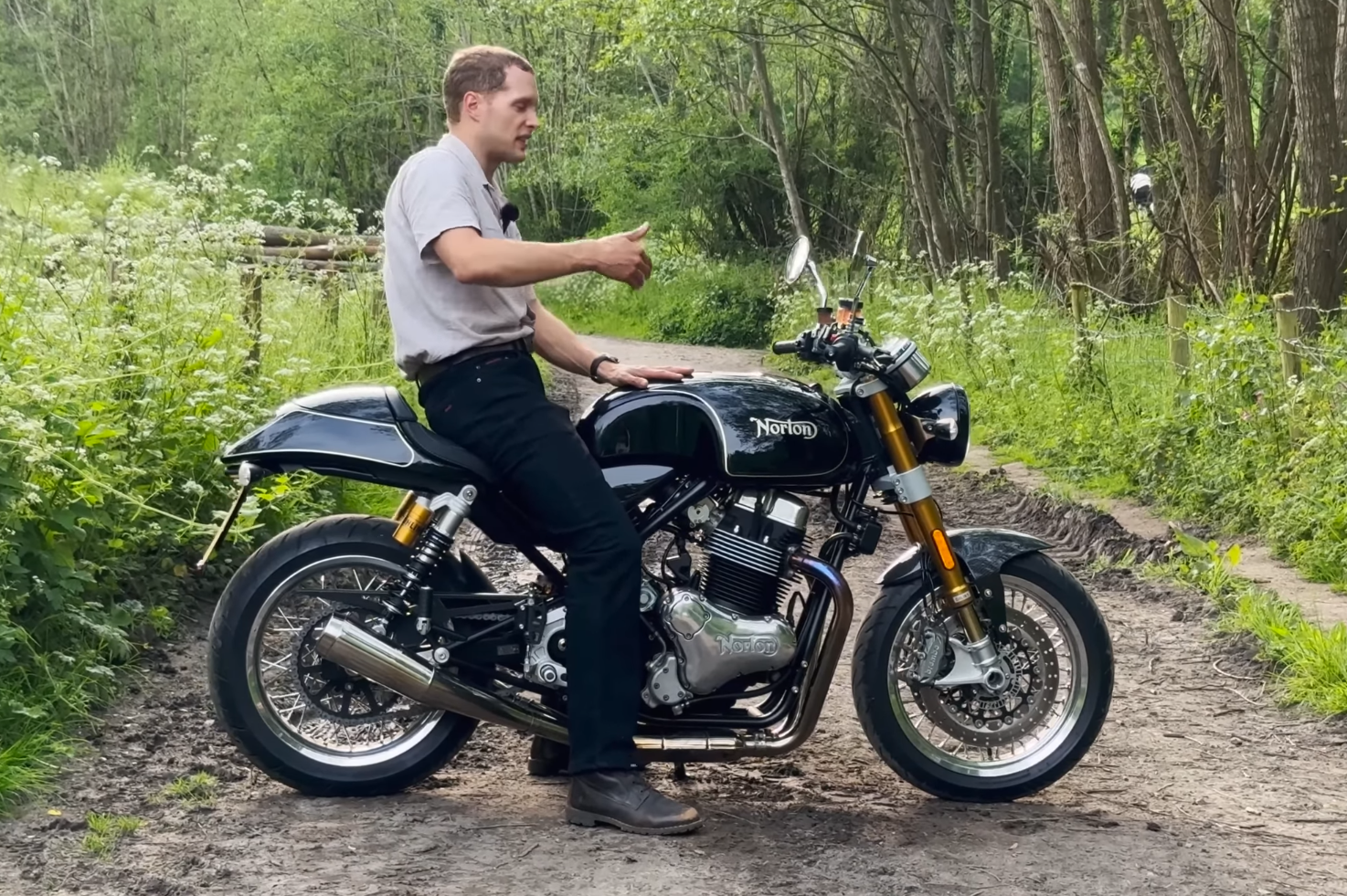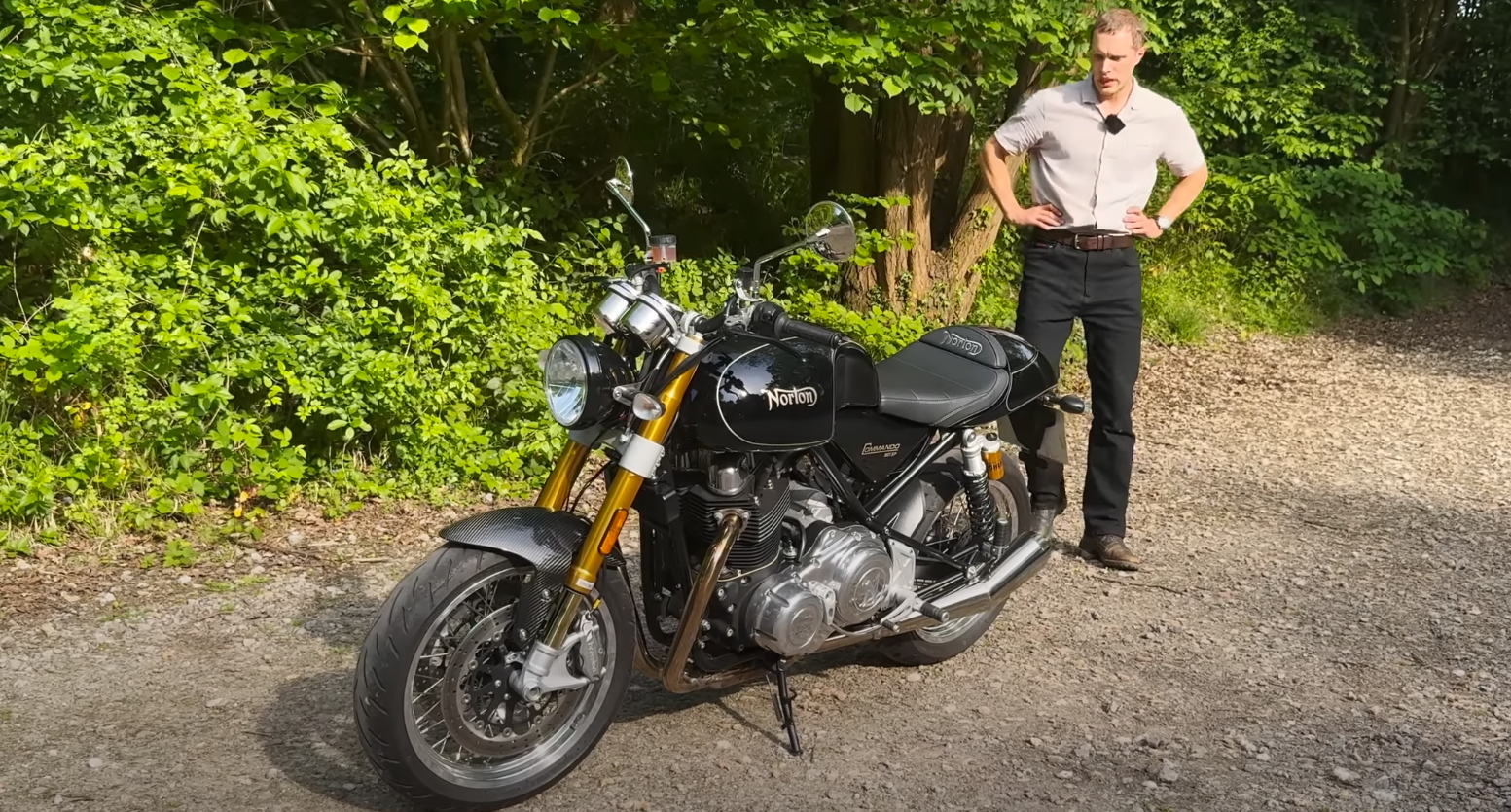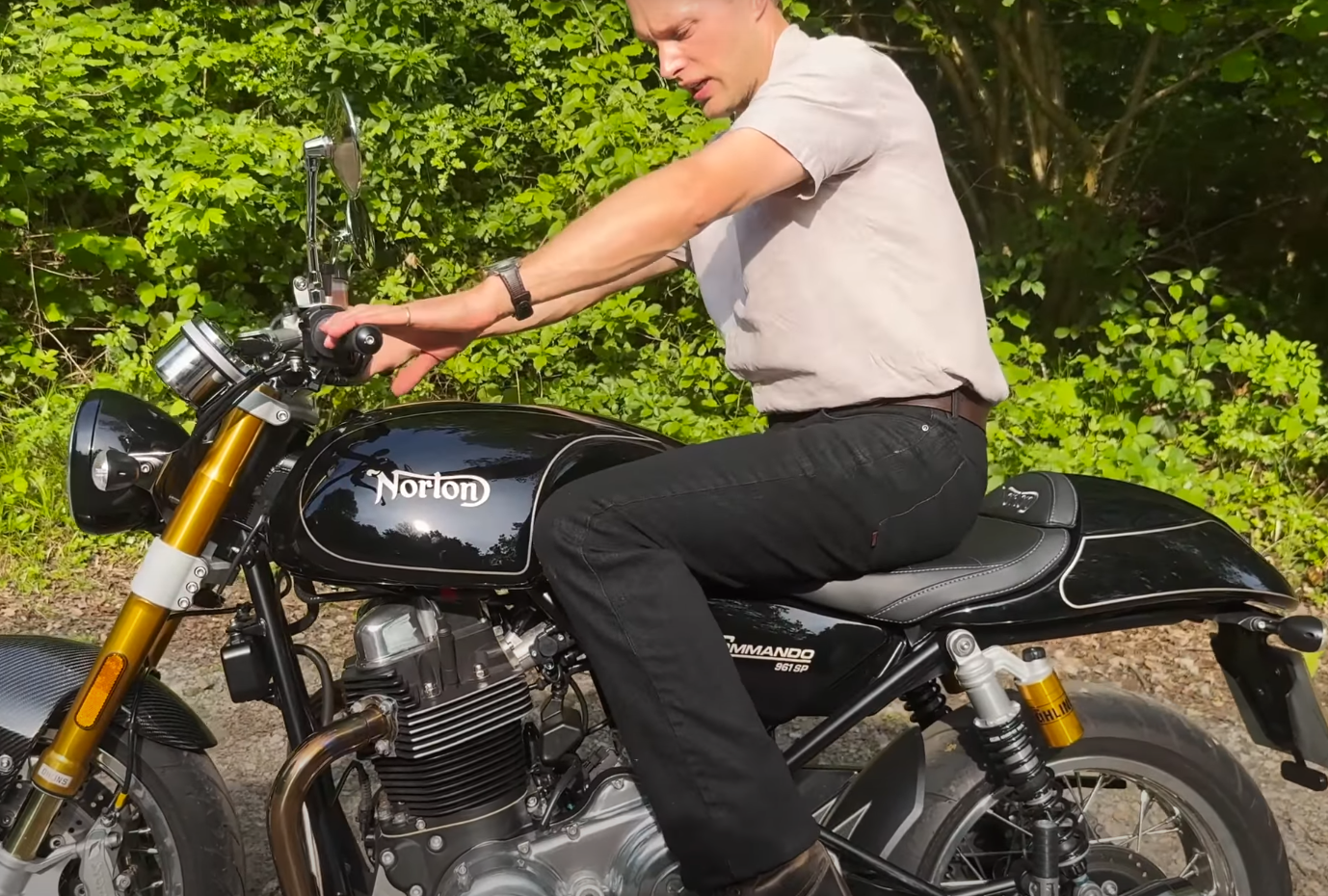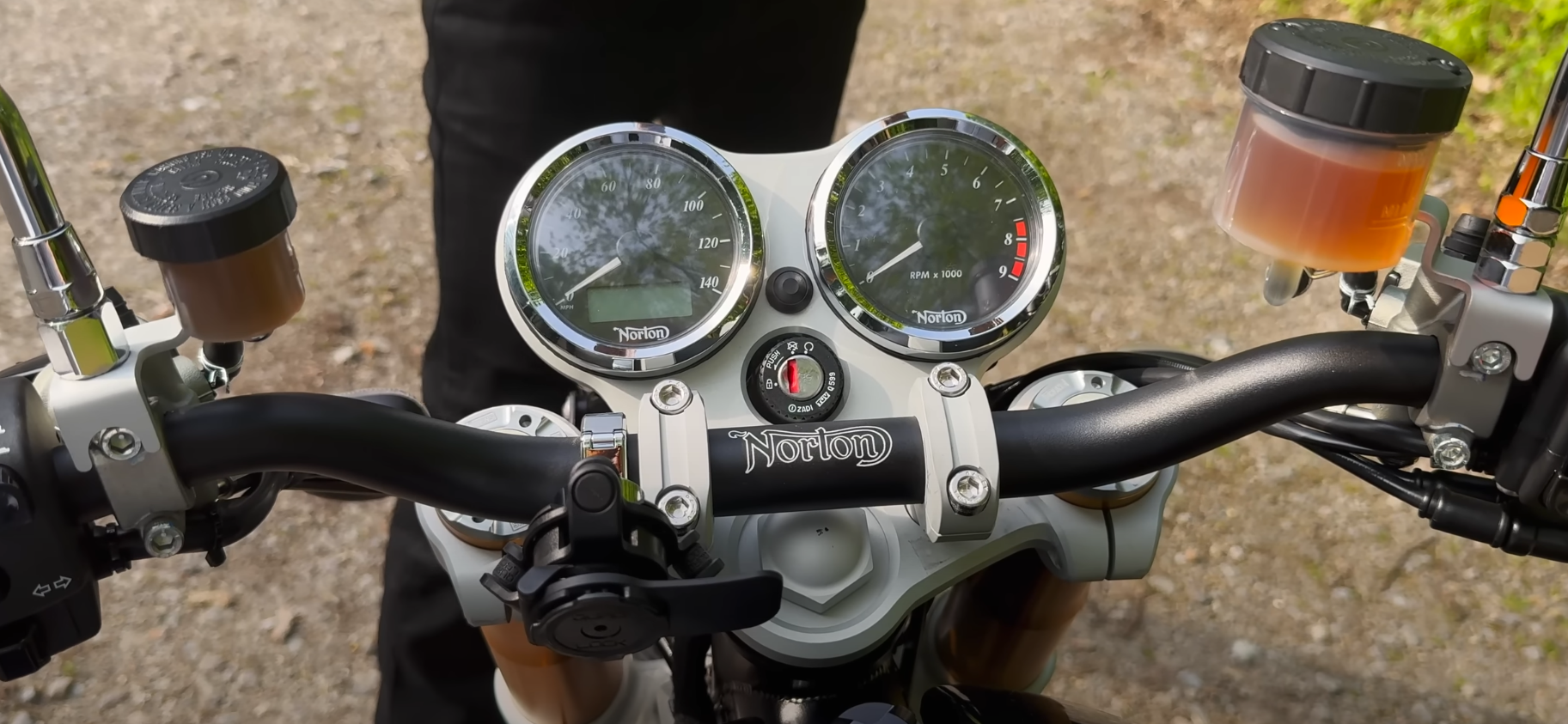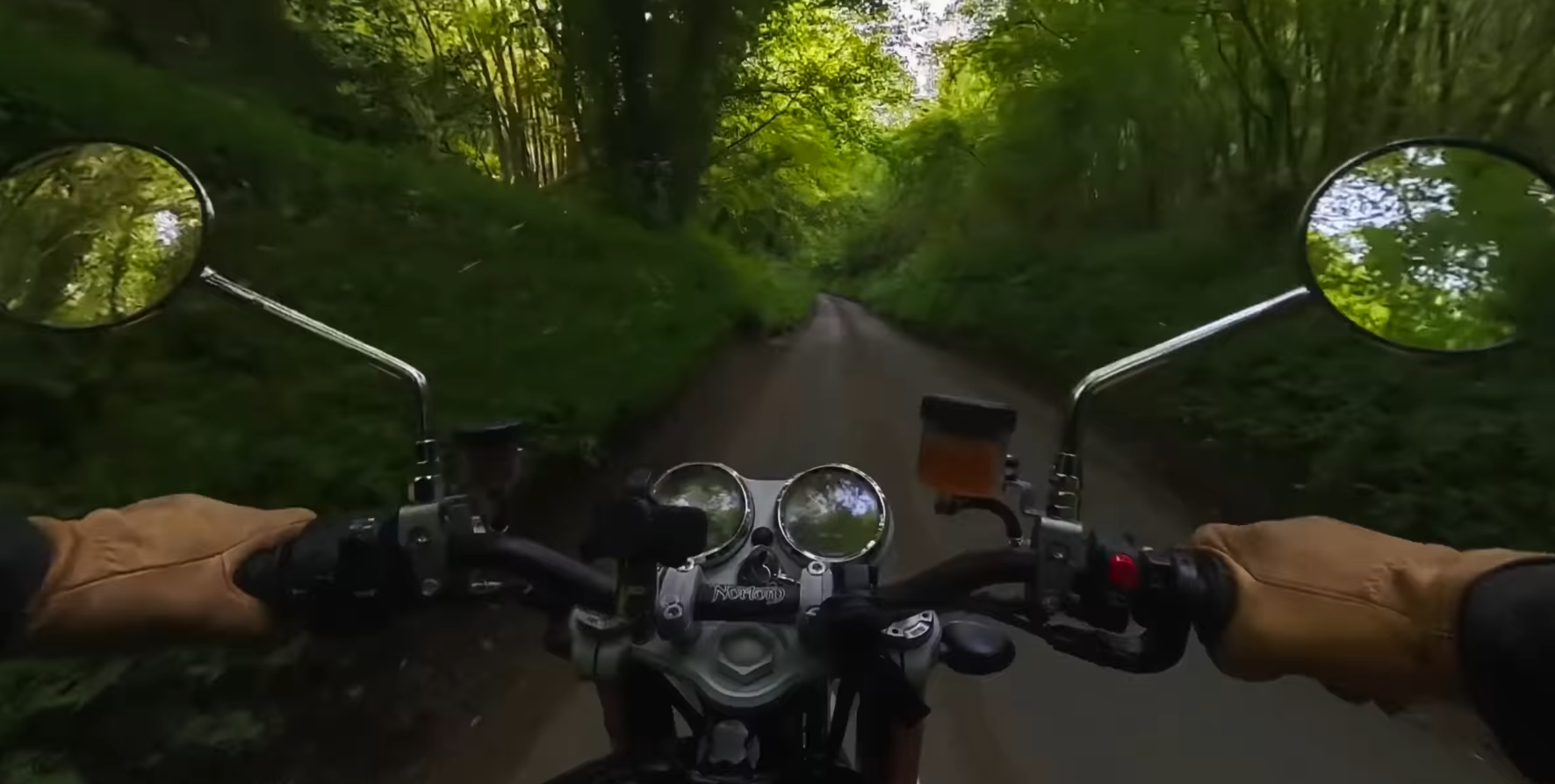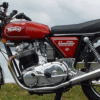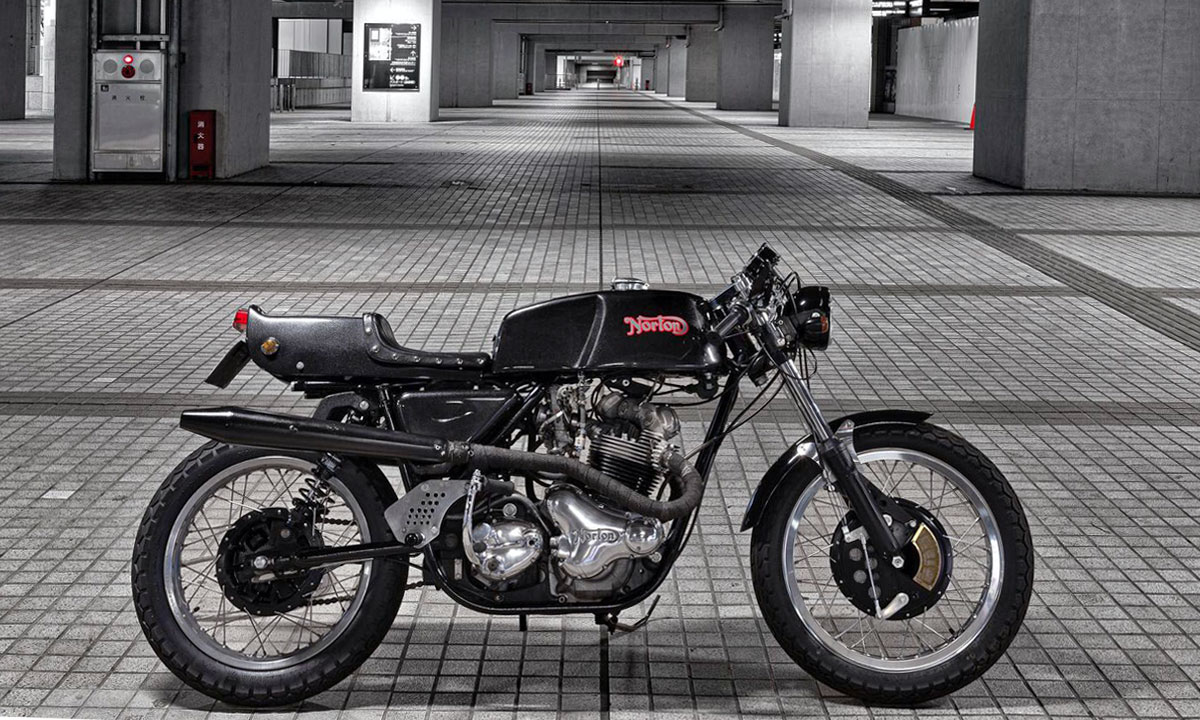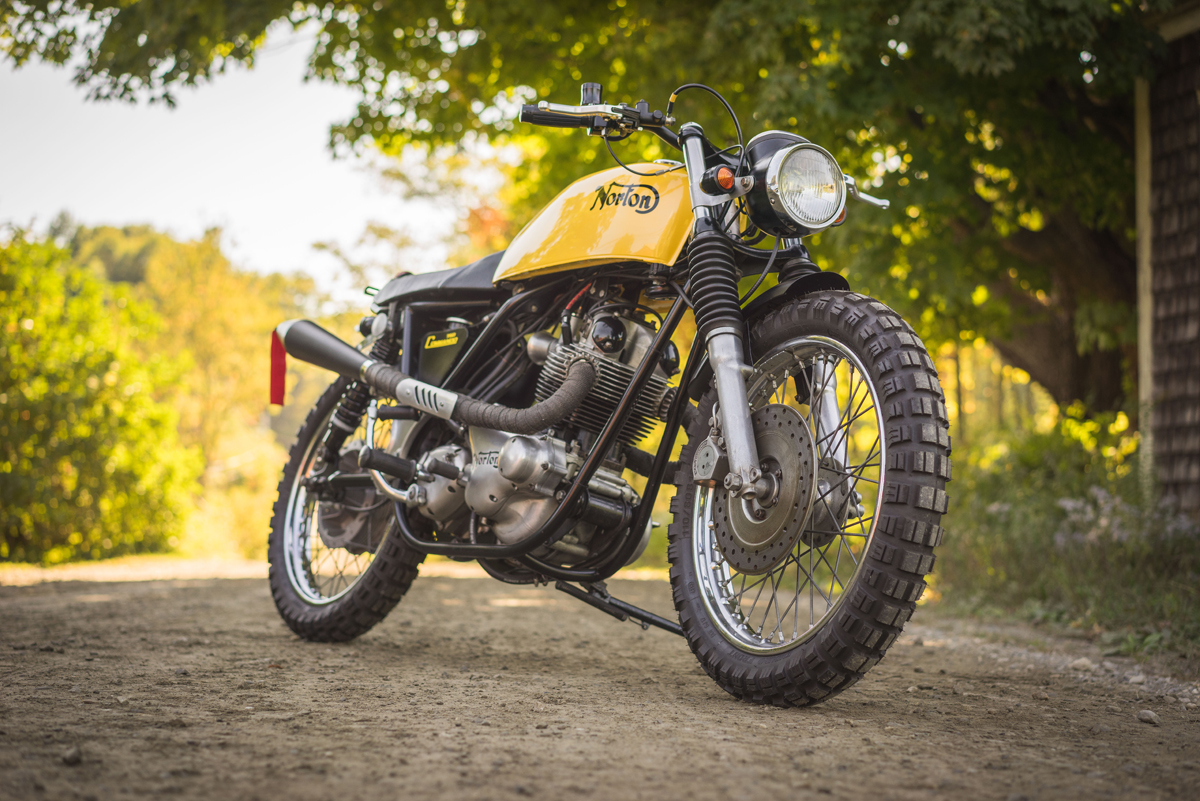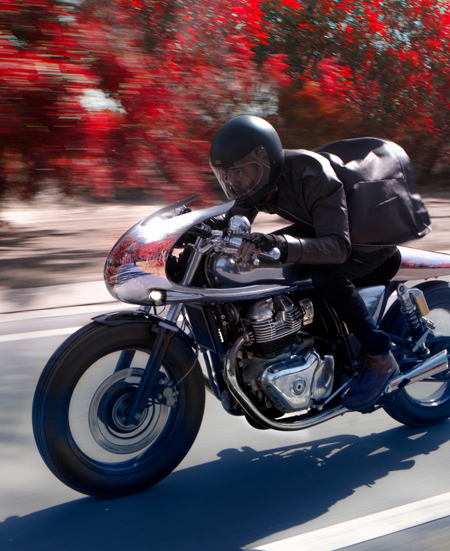Some machines stand out the moment they appear, leaving a mark that lingers long after the first encounter. The Norton Commando is one of those bikes. Its presence, sound, and design spark curiosity and admiration, making it a motorcycle that draws attention even before a closer look. Riders often recall their first sight of it as a moment that stays with them.
Beyond that first impression, the Norton Commando reveals a mix of strengths and flaws. Its styling and details highlight a strong focus on tradition and character, while certain choices in build and usability raise questions about practicality. This balance between beauty and everyday function shapes how the bike is experienced on the road.
Key Takeaways
- Strong first impressions create lasting interest
- Design and finish show both strengths and weaknesses
- Everyday use raises challenges despite appealing character
First Impressions and Lasting Impact
The Idea of Presence
Some people and objects carry a certain presence that lingers in memory even after a short meeting. Often, it’s hard to explain why the moment stays with someone, but the feeling remains strong. A motorcycle can have this same effect, where its look, sound, and character leave a mark that goes beyond logic or reason.
Key points that create this presence:
- Sound: Distinct exhaust tones that stand apart.
- Design: Classic features mixed with modern details.
- Emotion: A reaction that feels immediate and unexplainable.
This sense of presence can spark lasting admiration, even if the person cannot fully explain why.
A Ride Through the Highlands
During a ride in Scotland, a group of riders stopped at the top of a winding road. The sound of an approaching bike caught everyone’s attention before the machine itself came into view. At first, no one could identify it, but the unmistakable tone of an air‑cooled engine drew guesses and debate.
When the motorcycle finally appeared, it revealed itself as a Norton. The group reacted with quiet awe, recognizing the rarity of the moment. For one rider, it was the first time seeing a Norton on the road, and that single encounter left a memory that still feels vivid.
Details from the scene:
| Element | Description |
|---|---|
| Location | Hilltop in Scotland with a long road stretching below |
| Group size | About 10 riders |
| First clue | Distinct air‑cooled engine sound |
| Reaction | Surprise, curiosity, and admiration |
That first sight of the Norton became more than just another bike passing by—it became a lasting impression tied to both the place and the experience.
Design and Aesthetics
Timeless Look
The motorcycle carries a strong retro influence with its round headlamp, spoked chrome wheels, and a fuel tank shaped with knee cutouts. The design balances classic lines with modern parts such as carbon fiber fenders, twin front discs, and gold Öhlins suspension. From the side view, the sculpted tank and exposed engine parts give it a purposeful stance that blends vintage charm with performance cues.
Fine Details
Close inspection reveals both strengths and weaknesses in craftsmanship. The pinstriping, engraved engine casing, and rear section flowing with the tire stand out as thoughtful touches. However, some parts feel out of place, such as basic indicators, cheap-looking brake reservoirs, and sealant around the gauges that allowed condensation to form. Even the ignition key, with its plain design, lacks the premium feel expected at this price point.
Examples of mixed details:
| Positive Element | Weak Element |
|---|---|
| Carbon front fender | Budget-style indicators |
| Engraved metal engine case | Plastic-looking fluid reservoirs |
| Pinstriped finish | Condensation inside clocks |
Distinctive Elements
Several features separate it from other retro-inspired motorcycles. The deep exhaust note is unusually loud for a stock system and adds strong character. The chunky rear tire and the way the exhaust follows the curve of the frame give it a unique profile. While the bike projects elegance from a distance, up close it shows a mix of premium parts and cost-cutting choices that highlight its dual personality—part showpiece, part compromise.
Build Quality and Materials
Parts Selection
The bike features Ohlins suspension, a carbon fiber front fender, and twin front discs, giving it a purposeful look. The spoked wheels with chrome surrounds add a classic touch, while the metal engine casing with engraved detailing highlights craftsmanship. The exhaust system stands out both visually and acoustically, though its low placement leaves it vulnerable to damage from speed bumps.
Assembly and Detailing
While the overall design appears striking, closer inspection reveals mixed results. The turn signals look dated, resembling aftermarket parts from decades ago. Around the instrument dials, the sealant appears rough, and moisture has already shown inside one of the gauges. The brake fluid reservoirs and the metal trim around the clocks feel less premium compared to rivals. Even the ignition key looks basic, lacking the sense of pride expected from a high-end motorcycle.
Comparison with Rivals
Against competitors like the Triumph Thruxton and Triumph T120, the differences in finishing become clear. Triumph’s use of brushed aluminum on visible parts gives a more refined appearance, while Norton’s choices feel less polished. For a motorcycle priced at this level, the mixture of premium parts and budget details creates a contrast that other brands manage more consistently.
Performance and Handling
Engine Behavior
The bike runs with an air‑cooled engine that produces about 77 horsepower. At lower speeds, it delivers a smooth and classic feel, especially around 35–50 mph, where the ride feels calm and pleasant. Once speeds reach about 65 mph, strong vibrations travel through the foot pegs, making longer rides uncomfortable. The exhaust note is deep and loud, adding character, but it can be tiring on extended trips.
Suspension and Stopping Power
The motorcycle comes with Öhlins suspension and twin front discs, giving it strong braking performance and a firm, sporty ride. The suspension feels stiff, and the seat is hard, which may cause discomfort over time. At 230 kg, the bike does not hide its weight, and the low exhaust placement makes it prone to scraping on speed bumps.
Key points:
- Firm suspension with limited comfort
- Effective braking system
- Heavy feel at low speeds
- Low exhaust clearance causes frequent contact with the ground
Rider Ergonomics
The riding stance leans toward the sporty side. The foot pegs sit high and rearward, which forces the rider to sit far back on the seat to grip the tank properly. Slow‑speed handling is difficult due to the poor turning circle and the bike’s weight balance. Combined with the stiff seat and strong vibrations, the riding position limits comfort for longer journeys.
Rider experience checklist:
- Sporty foot peg placement
- Hard, narrow seat
- Awkward slow‑speed maneuvering
- Noticeable vibration at higher speeds
Comfort and Daily Use
Seating and Riding Position
The seat feels very firm, closer to sitting on a solid surface than a cushioned saddle. Riders who expect long-distance comfort may find it tiring after a short time. The footpeg placement and tank design push the rider into a sportier stance, which can feel cramped unless the rider shifts far back.
Key points:
- Seat: hard and unforgiving
- Foot position: sporty, not relaxed
- Tank design: fits better when sitting further back
Engine Feel and Sound Levels
At lower speeds, the engine delivers a smooth and enjoyable ride with a classic character. Once the bike reaches about 65 mph, vibrations through the footpegs become strong enough to cause discomfort. The exhaust note is rich and impressive, but it is also extremely loud, which can make longer rides tiring and may affect hearing over time.
| Speed Range | Vibration Level | Comfort Impact |
|---|---|---|
| 30–50 mph | Manageable | Pleasant ride |
| 65+ mph | Very strong | Hard to tolerate |
Handling in Tight Spaces
The weight of the bike shows at low speeds, and the wide turning circle makes slow maneuvers frustrating. The low-mounted exhaust creates another issue, as it scrapes on speed bumps and uneven roads more often than expected. These traits make the bike less practical for city riding or tight parking situations.
Challenges in use:
- Large turning circle
- Heavy feel at low speeds
- Exhaust easily scrapes on bumps
Practical Considerations
Day-to-Day Experience with the Commando
The Commando makes a strong first impression with its design, sound, and presence. Its styling, from the carbon mudguard to the gold suspension, gives it a striking look. However, living with it daily reveals challenges.
- Comfort: The seat feels very firm, and the riding position leans toward the sporty side, which may not suit longer rides.
- Vibration: At lower speeds, the ride feels charming, but at around 65 mph the vibrations through the foot pegs become difficult to ignore.
- Noise: The exhaust sounds impressive but is extremely loud, which may cause discomfort on longer trips.
- Practicality: Maneuvering at slow speeds is awkward due to the poor turning circle and higher weight. The low exhaust also scrapes easily on speed bumps.
| Feature | Everyday Impact |
|---|---|
| Seat comfort | Very firm, tiring on long rides |
| Vibration levels | Manageable at low speed, harsh at higher |
| Exhaust volume | Excellent tone but overly loud |
| Maneuverability | Limited, with tight turns difficult |
| Ground clearance | Low, prone to scraping |
Upkeep and Build Quality
While the bike looks premium at first glance, closer inspection shows mixed results in quality and durability. Some parts feel refined, while others seem out of place on a high-priced motorcycle.
- Clocks: Condensation appeared inside one of the dials within days, showing water resistance issues.
- Materials: The metal around the gauges looks less refined compared to similar models from other brands.
- Details: Indicators and brake fluid reservoirs appear basic, not matching the rest of the bike’s finish.
- Key Design: The key looks plain and lacks the sense of pride expected from a premium machine.
Strengths:
- Strong suspension setup
- High-quality wheels and braking components
Weaknesses:
- Inconsistent build quality
- Susceptibility to water ingress
- Components that feel cheaper than expected
This mix of premium highlights and disappointing details means the Commando requires careful consideration for anyone expecting both beauty and long-term durability.
Closing Reflections
The bike leaves a strong visual impression with its classic styling and detailed finishes. Features like the carbon front mudguard, gold shocks, and spoked wheels highlight the attention to design. The tank shape, engraved engine casing, and pinstriping add to its appeal, making it stand out as a striking machine.
At the same time, several details feel less refined. The indicators appear dated, the clock housing shows signs of poor sealing, and the brake fluid reservoirs look out of place on a premium model. Even the key design feels basic compared to what riders might expect at this price point.
Performance brings a mix of strengths and challenges. The suspension and brakes deliver a sporty feel, but the weight of the bike is always present. Vibrations grow intense at higher speeds, which can limit comfort on longer rides. The loud exhaust adds character but may not be practical for everyday use.
Other concerns include a very wide turning circle and an exhaust system that sits low enough to scrape on speed bumps. These issues make slow-speed handling and regular commuting more difficult.
Key Takeaways:
- Strengths: Eye-catching design, quality suspension, strong brakes, unique exhaust note.
- Weaknesses: Noticeable vibrations, limited comfort, impractical exhaust placement, dated small parts.
This mix of beauty and compromise creates a motorcycle that impresses in some areas while frustrating in others.
